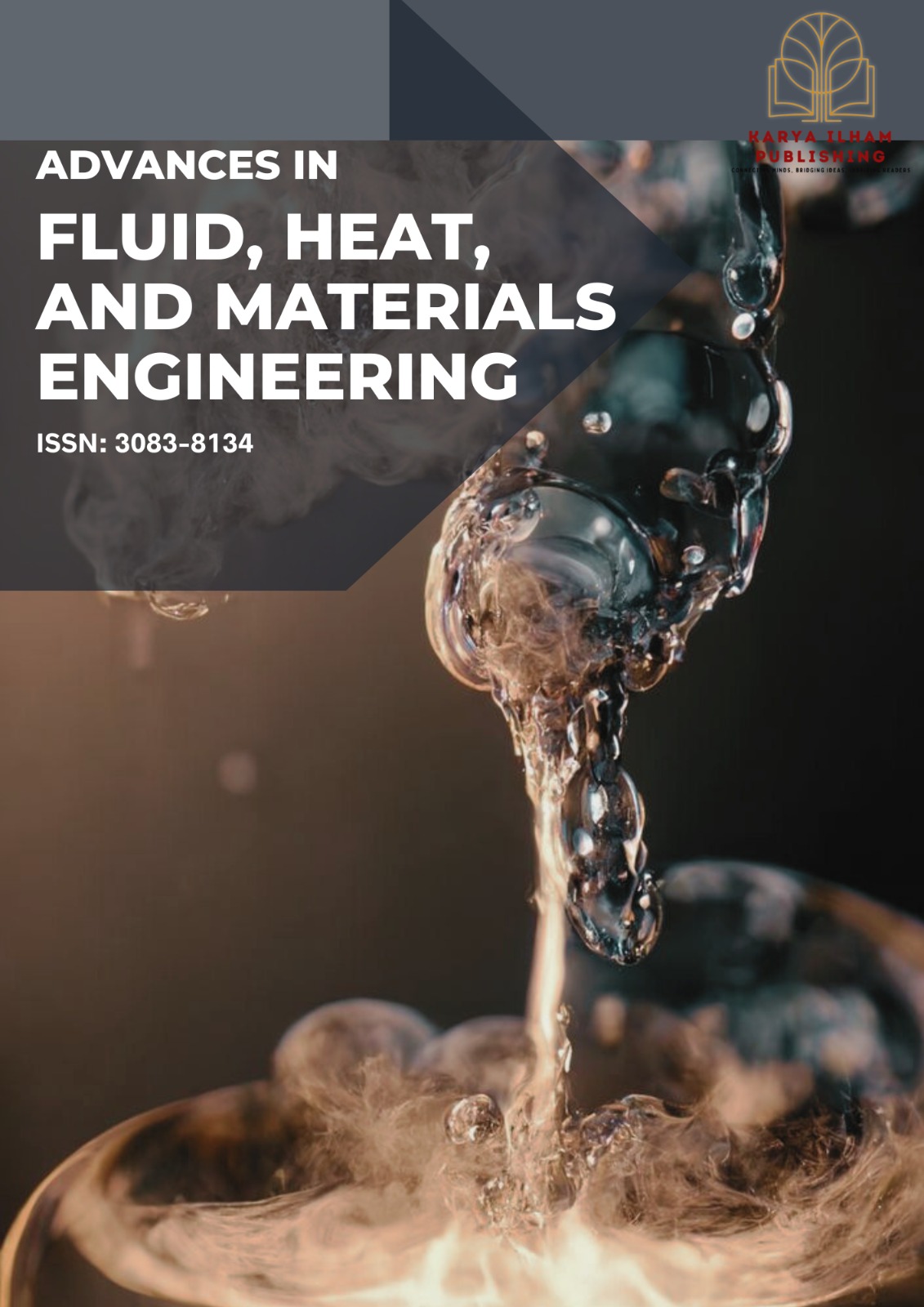Modelling of the Effect of Rear Spoiler Angle on the Aerodynamics of Passenger Car
DOI:
https://doi.org/10.37934/afhme.4.1.3645aKeywords:
Rear spoiler, aerodynamic, passenger carAbstract
The study investigates the impact of propeller blade number on thrust force and efficiency in turbulent flows, a critical factor in the performance of marine and aerial vehicles. Despite advancements in propeller design, the relationship between blade count, thrust generation, and efficiency remains complex and requires deeper understanding. This research aims to elucidate this relationship by conducting a series of computational fluid dynamics (CFD) simulations. Using ANSYS FLUENT, various propeller configurations with different blade counts were modelled and analyzed under turbulent flow conditions. The simulations focused on evaluating thrust force and efficiency metrics across these configurations. Results indicate that increasing the number of blades generally enhances thrust force but may lead to a reduction in efficiency due to increased drag and wake interactions. The optimal blade number was identified, balancing thrust force and efficiency, providing valuable insights for future propeller design. Inconclusion, the study highlights the trade-offs between thrust force and efficiency in propeller design, offering a framework for optimizing blade count in various applications, enhancing performance while maintaining energy efficiency













